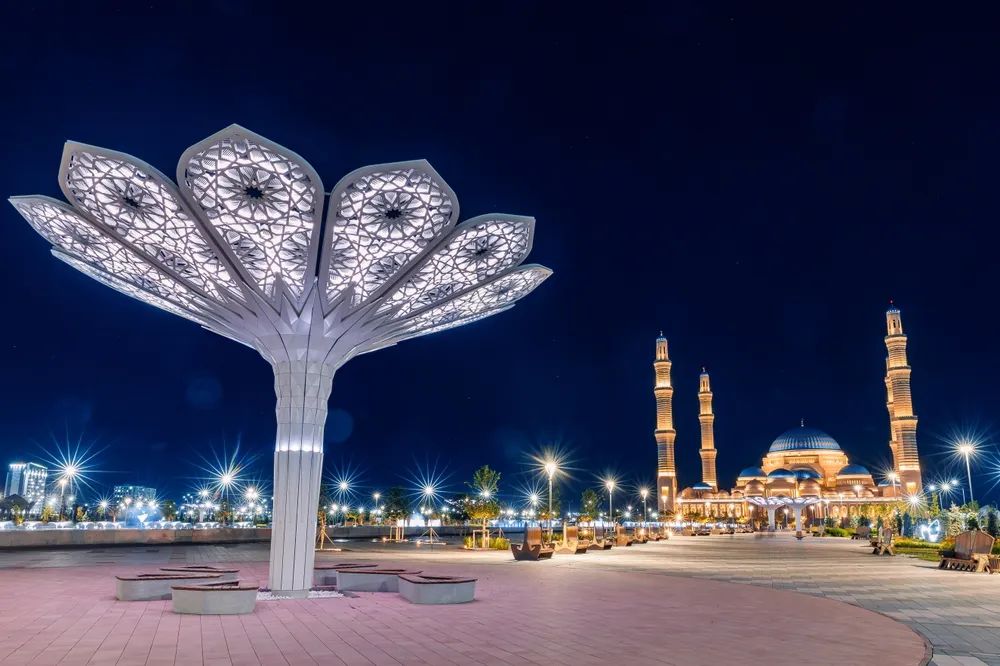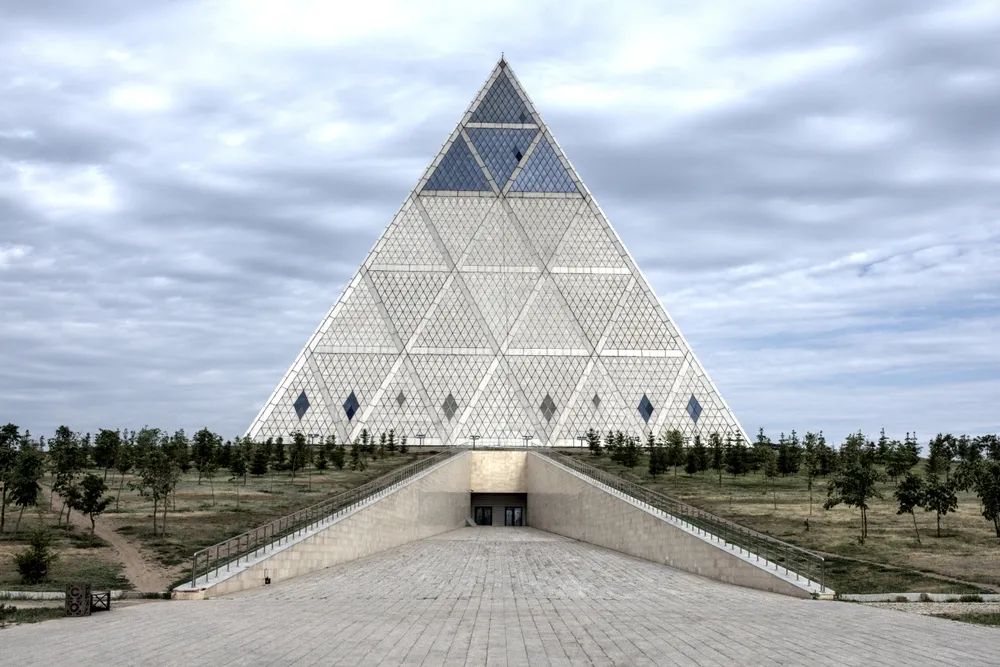Astana: The Futuristic Capital of Kazakhstan You’ve Probably Never Heard Of
Part 1: From “White Grave” to Capital of Dreams
Once known as Akmola, meaning “White Grave” in Kazakh, this icy outpost in northern Kazakhstan began as a modest Russian military outpost. Winters were brutal, with temperatures plummeting below -50°C. But in the 20th century, during the Soviet Union’s “Virgin Lands Campaign,” Akmola gained importance as an agricultural hub and transport center, eventually renamed Tselinograd (“Virgin Land City”).
After Kazakhstan’s independence, the city reclaimed its name, and in 1997, it became the new capital, renamed Astana (literally “Capital” in Kazakh). The move from Almaty was controversial but strategic—Almaty, although vibrant, was vulnerable to earthquakes and lacked room for expansion.
In 2019, the city was briefly renamed Nur-Sultan in honor of former President Nursultan Nazarbayev, before reverting to Astana in 2022. Today, the capital stands as a symbol of Kazakhstan’s ambition, resilience, and its leap into modernity.
Fun Fact: July 6th, Astana’s Capital Day, is a national holiday and also—coincidentally or not—the birthday of Nursultan Nazarbayev. The city erupts in flowers, parades, music, and fireworks each year.
Part 2: A Playground for Star Architects
As Nazarbayev once wrote, “Just like people, cities have destinies.” In Astana’s case, that destiny included becoming a blank canvas for some of the world’s most visionary architects. The city boasts an eclectic blend of postmodernism, Islamic ornamentation, Russian baroque, Central Asian motifs, and futuristic designs.
???? Kisho Kurokawa: The Master Planner
Japanese architect Kisho Kurokawa won the competition to design the city’s master plan. His vision incorporated his “metabolism” and “symbiosis” philosophies, focusing on sustainable, adaptable urban growth. He envisioned a 1.5 km central axis, which today showcases Astana’s most iconic buildings.
Among his creations is Astana International Airport’s terminal and the city’s central government district.
Must-See: The most iconic structure along the central axis is the Bayterek Tower, a 97-meter-tall monument topped with a golden orb, symbolizing the mythical bird Samruk’s egg—Kazakhstan’s hopes and dreams.
???? Norman Foster: British Brilliance in the Steppe
British architect Norman Foster designed two of Astana’s most recognizable buildings:
- The Palace of Peace and Reconciliation – A glass pyramid used for global religious leader summits. The interior is stunning, with stained-glass doves symbolizing peace.
- Khan Shatyr Entertainment Center – A 150-meter-tall translucent tent housing shopping malls, amusement rides, and even a tropical beach with imported white sand from the Maldives.
Tip: Khan Shatyr remains warm even during freezing winters, thanks to its advanced heat-absorbing material.
???? Manfredi Nicoletti: Petals of Performance
Italian architect Manfredi Nicoletti gave Astana the Kazakhstan Central Concert Hall, nicknamed the “Steppe Flower.” Its petal-like blue glass walls house three theaters, offering year-round music and dance performances.
Part 3: Exploring Astana’s Outskirts
???? Dark History at ALZHIR Camp
Just 35 km west of Astana lies ALZHIR, one of the Soviet Union’s most notorious labor camps—specifically for the wives of political prisoners. The memorial stands in stark contrast to the city’s modern skyline and reminds visitors of Kazakhstan’s Soviet-era suffering.
???? Nature Escape: Burabay National Park
Roughly 257 km north, Burabay National Park is known as the “Switzerland of Kazakhstan.” With turquoise lakes, pine forests, and scenic hiking trails, it’s a popular retreat. Don’t miss Goluboy Zaliv (Blue Bay) or a relaxing kayak trip across Lake Burabay.
Final Thoughts
Astana isn’t just a capital—it’s a testament to national ambition, a museum of architectural imagination, and a city where modernity meets the mythic steppe. Whether you're drawn by post-Soviet history, avant-garde design, or simply want to see one of the most unique skylines on Earth, Astana is a journey worth taking.
If you’ve never considered Central Asia for your travels, Astana might just change your mind.
Categories: travel





